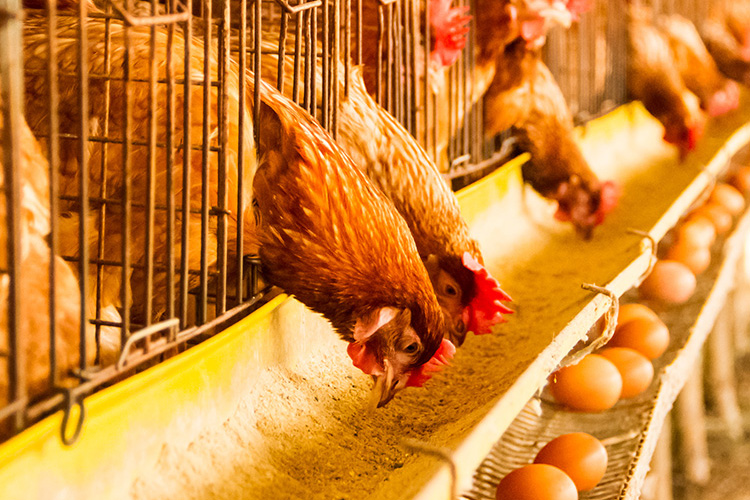
Probiotics have been around for nearly 10,000 years, and over the last couple of decades, the supplement industry has mainly targeted humans to emphasize the heart and health benefits associated with beneficial bacteria. However, did you know that probiotics are also beneficial to our furry companions in a similar way they are valuable to us? This is because our microbiomes are more alike than you may think. A gene study comparing human gut bacteria to dogs showed that our gut bacteria may be more similar to dogs than to pigs or mice. So, how can probiotics benefit our pets?

Potential Pet Probiotic Benefits:
- Improves immune defenses
- Decreases inflammation
- Aids in oral health / Reduces plaque buildup
- Decreases allergies
- Firmer bowel movements
Probiotics can help improve immunity and decrease inflammation in the gut by outcompeting pathogens such as E.coli, Salmonella, and Clostridium perfringens. This is done by beneficial bacteria multiplying in the intestines and taking up space so that other pathogenic bacteria cannot adhere to the intestinal walls. This characteristic in probiotics is beneficial for pets because it decreases the chances for diarrhea or other intestinal parasites from making your pet sick. Also, as previously mentioned, probiotics aid in pet oral health by reducing plaque buildup on dog’s teeth and decreased gum inflammation. When consumed in a non-capsule form, probiotics can linger in the mouth of an animal, decreasing the chances of harmful bacteria build up in the mouth. Similar to an animal’s gut, good bacteria on the tooth’s surface can create a biofilm that can ward off harmful bacteria from inhabiting the tooth surfaces, much like the outcompeting of pathogenic bacteria in the gut.
These are only a few of the potential benefits you might see in your pet while on a probiotic regimen. For more information on how probiotics could benefit your pet, check with your local veterinarian or a literature-reviewed source.

















